If you've just gotten your first RV, you might find it a little confusing that it has two separate power systems–120-volt AC power and 12-volt DC power. Houses only have one, cars only have one—but RVs generally have two. Why is that?
Simply put, it's so you can camp without a power hookup– often referred to by RVers and boaters as shore power. If your travel trailer or motorhome was always connected to shore power at a campground, you'd only need the same sort of 120-volt AC power system as a house. Every electrical appliance would run off that.
But of course, RVs move around the country, and sometimes there isn't a convenient power outlet to plug into. That's where the second power system comes in: the 12-volt DC power system, powered by batteries.
This guide covers the basics of both, and provides an overview of the inverter – a device that's also part of an RV's power system.
What's 12-Volt Battery Power Used For?
The 12-volt system runs almost everything. It's great for low-power things like:
- lights
- fans
- water pump
- TV
- stereo
These appliances don't use a lot of energy, so you can run them from batteries for a long time.
The advantage of powering your appliances from the batteries is obvious: You can camp in beautiful and remote places—anywhere, really—and still have most of the comforts of home.
But there are two appliances that need too much power for the batteries to run: the water heater and the furnace. So they're designed to use propane as their primary energy source. This way you still have heat and hot water even when you're living off the batteries. Many refrigerators also can operate from propane. (The 12-volt system supplies a small amount of electricity to these appliances for their internal circuit boards.)
The inverter's role in 12-volt battery power
Your model might also have an inverter. This device can be turned on and off from a wall switch inside the Airstream or RV, and looks like this:

The inverter changes the 12-volt battery power into 120-volt power, and sends it to the power outlets in your RV. It's useful for things that have to be plugged in, like laptops, TV, and DVD player.
Many RVs (including most late-model Airstreams) have inverters built in. If yours doesn't have one, it can be added. For more about inverters and how best to use them, check out this blog.
Something to keep in mind about the inverter, however, is that when it is switched on and in use, it's drawing a fair amount of power from the battery to do its job of converting the 12-volt battery power into 120-volt battery power. This process is not entirely efficient, and so using the inverter wastes about 10-15% of the battery power. Be mindful of this if you plan to use laptops and other devices when you are camping on just the batteries. Your battery charge will decrease faster than you might expect if you keep those devices plugged in too long.
Tips for the 12-volt battery system
The 12-volt battery-powered system has some limitations. Generally speaking, you can't use the 12-volt battery power to run appliances that use a lot of energy, even with an inverter.
The microwave and the air conditioner are prime examples. They pull a lot of power, much more than most travel trailer and motorhome battery banks can provide. So most people will have to do without air conditioning and microwave oven while they're camping away from hookups.
However, this is changing slowly with the advent of lithium batteries. A few travel trailers have massive lithium power banks and equally big inverters, such as the Airstream Trade Wind trailer and Airstream Interstate motorhome with E1 Package. These can run the air conditioner and microwave from batteries, at a significant price. For more detail, read this blog.
As a general rule of thumb, most RV battery systems are designed for a night or two of camping without plugging into power. But that’s assuming you conserve energy by using appliances lightly, especially the inverter and the furnace. On a freezing night the furnace's blower motor can easily chew up all your battery power in one night. If you want to extend your battery life, consider adding solar power or switching to lithium batteries.
Tip: Fully recharge the batteries after a weekend of boondocking (camping without hookups). It will take 4-8 hours to recharge a pair of batteries that have been mostly discharged, depending on the size and type of batteries you have. It's important to fully recharge the batteries before you put the RV away in storage.
The 12-volt battery system requires little maintenance other than keeping the batteries charged. You can read about maintenance tasks in "The (Nearly) Complete Guide to Airstream Maintenance".
On rare occasions you may need to replace a fuse. Replacing a fuse is a simple process, which I explain in this short video:
What's the 120-Volt AC power used for?
When you're plugged into shore power (120-volt AC) you have no compromises. You can use everything in the RV, with no worries about running out of power.
All of the electrical outlets inside the trailer will be energized, so you can plug in other AC appliances like computers, hair dryer, cell phone chargers, or a coffee maker. You can also switch the refrigerator to run on 120-volt AC power, to save propane (if you have a propane-capable fridge).
When your RV is plugged in, a device called a power converter automatically kicks in and starts turning some of the 120-volt AC energy into 12-volt DC power. This is used to charge the RV's batteries and run all of the 12 volt appliances.
Tip: Don't overload the 120-volt system. The only limitation on using shore power is that you could trip a circuit breaker if you overload it, just like in your house. If it's a hot day and you're using the air conditioner heavily, and other appliances like the water heater and refrigerator are in electric mode, and then you turn on the microwave, you may exceed the capacity of the power outlet the RV is plugged into.
If that happens, a circuit breaker will trip and the power will go off. To avoid this, be mindful of the power you're using, and consider turning off one or more of the power-hungry appliances before using another one.
Hopefully, this guide has clarified the advantages of having two separate power systems in an RV. Even without a power outlet available, you have most of the comforts of home thanks to the 12 volt DC power system. In effect, your trailer has an uninterruptible supply of power, which is one of the reasons an Airstream or RV makes a great shelter in a local emergency.


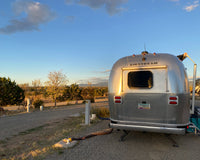

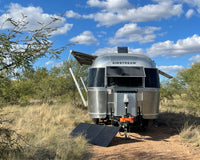
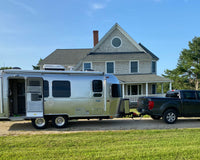
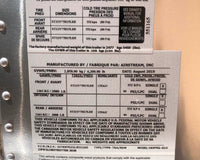
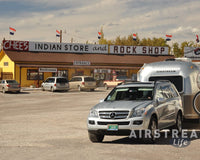

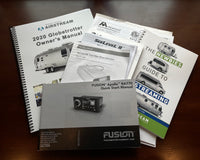
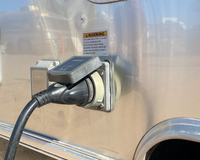
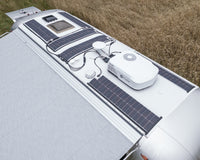
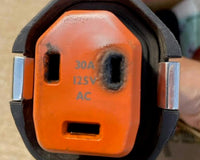



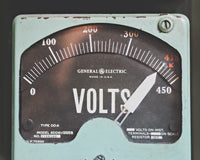


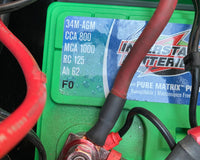
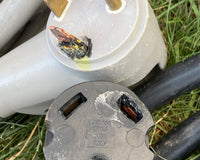
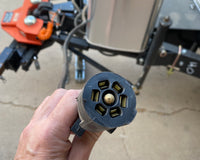
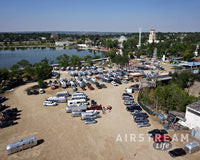
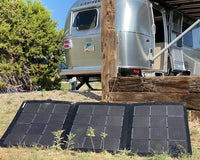
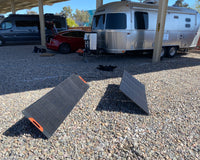
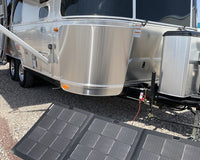
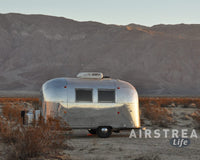

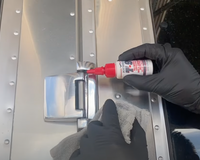
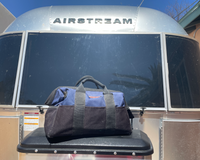
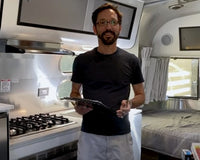
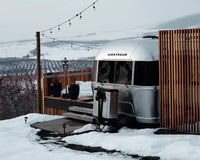

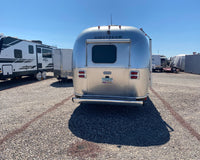
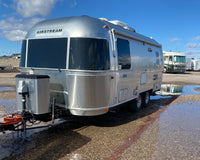


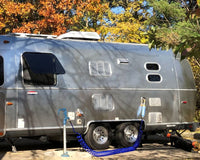

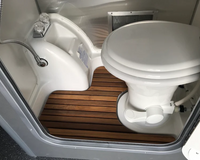

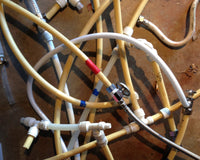
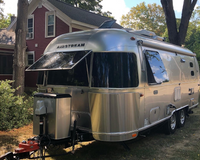
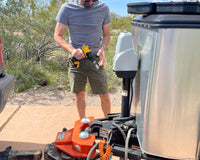

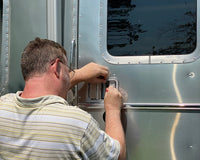
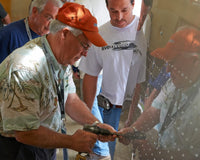
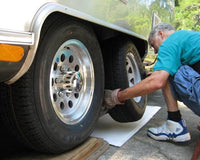



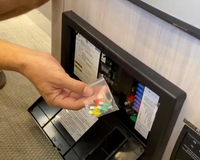

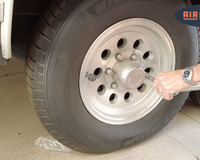
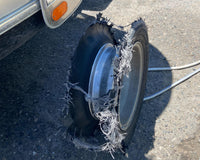
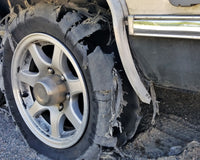

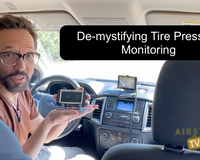
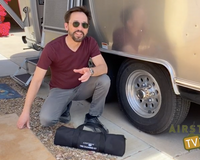

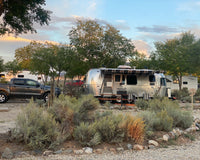
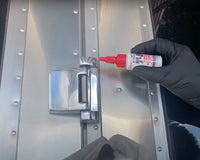

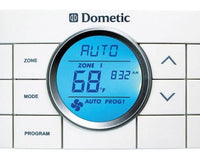
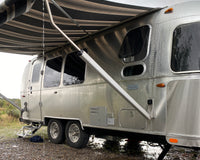
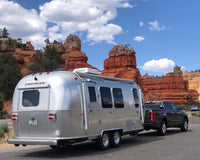
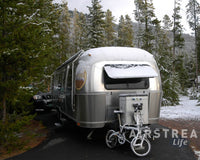
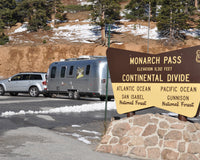
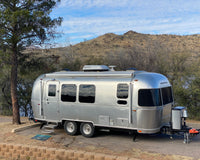
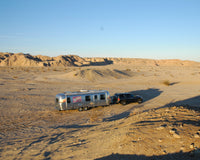


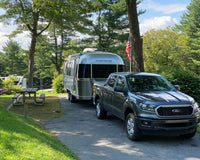
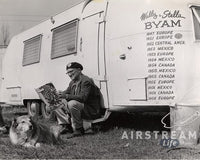
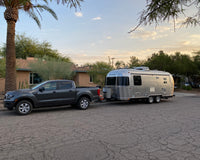
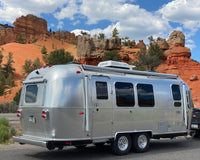
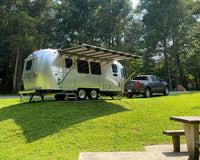
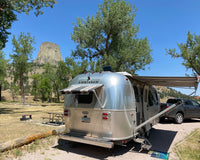
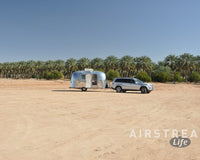



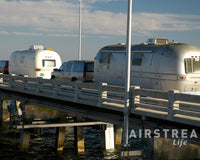
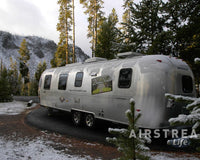
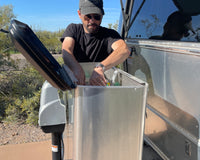
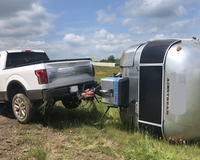
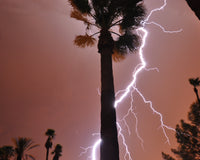

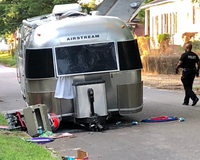
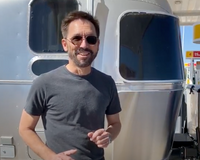

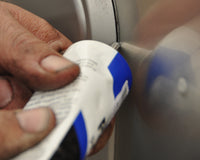



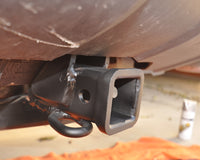
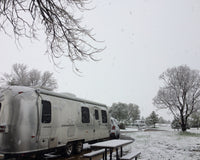
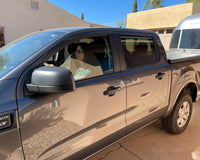
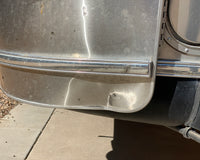

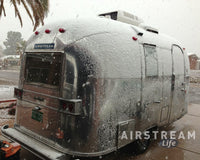
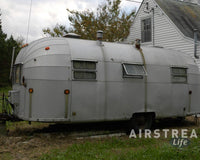

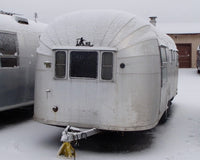
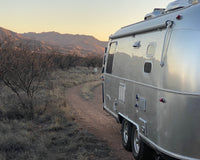
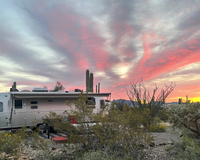
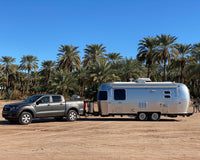

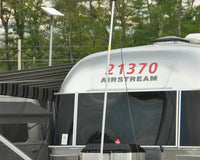
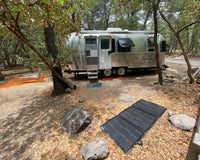



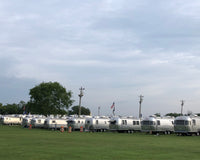
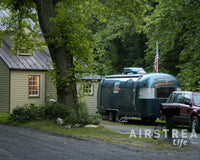

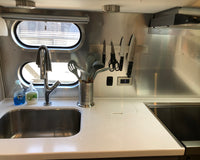

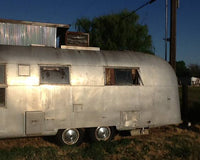

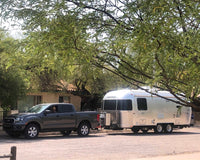
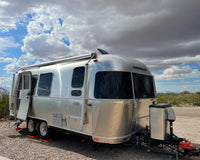
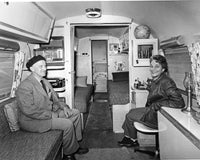
6 comments
Robert Allbery
25’ International two AC, i want to add shore power to where I park her at home can I get by with running it from my home outlet?
John Franklin
Does the solar system recharge the batteries even when the Store switch is activated?
Jeffery F Hammonds
Rich, I’m curious about the Trade Wind being equipped with a DC to DC charger. It’s probably a small 12 or 15 amp, charger, not a lot of amperage, but helpful in putting more power into the batteries when traveling from boondocking spot to boondocking spot. Is it something to consider as an upgrade. Are clutzy do-it-yourselfers able to add it to their Airestream?
Tim Collard
Rich,
Do you have any material on converting from AGM to Lithium? Components, gage of wire, component size needed to support various solar, etc.?
Thanks!
Tim Collard
Rich Luhr
ANSWERS:
John Franklin: Airstream-installed rooftop solar will charge the batteries even when the Battery Disconnect Switch is in the STORE position (on trailers and motorhomes equipped with electrical disconnect switches). However, it may not charge the batteries on trailers equipped with mechanical disconnect switches, which will say “OFF” instead of STORE. To be sure, check the Owner’s Manual for your Airstream or contact Airstream Support at 937-596-6111.
Jeffrey Hammonds: A DC-to-DC charger is installed on the tow vehicle, connecting the alternator output directly to a dedicated plug on the bumper. For details on how to install one, see Thirteen Adventures’ video blog at https://thirteenadventures.com/f/dc-dc-charger—-airstream-side-truck-update
Tim Collard: You should start with our “Diary of a lithium battery upgrade”, which you’ll find here: https://www.airgear.store/pages/diary-of-a-lithium-battery-upgrade-a-planning-guide-for-airstreamers
Rich Luhr
Robert Allbery: You can certainly plug your trailer into any household outlet, but you won’t be able to run the air conditioners or heat pump. Don’t even try — you’ll pop a circuit breaker and might melt the power plug or even start a fire! You should also avoid using other high-current appliances, such as the electric water heater and microwave.
The household outlet will be fine for keeping the batteries charged and using any 12 volt or low-current appliances such as fans, lights, water pump, TV, refrigerator, furnace, stereo, USB outlets, and refrigerator.